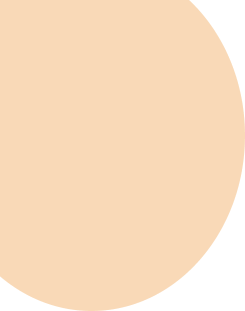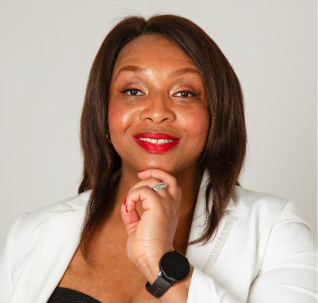The selected 200 submitted a more detailed pitch as part of their place confirmation. Selecting trainers with experience of practicing in an African country was also part of our pedagogical approach. We recognised from the start that expertise on the subject of the course was one thing, but contextualised expertise was our ultimate goal; it was important that our trainers understood the context in which the trainees work. The range of applicants we had for the six available roles was testament to the breadth of talent we have on the African continent. Empowering 200 Women Onboarding 200 enthusiastic trainees is not a task for the fainthearted. What kept us going was the active participation, patience and excitement of our 200 women. The first three days were grueling for our team, making sure that everyone was settled and able to get on with the pre-recorded modules. Our communications and research assistant, Joy, worked with our COO, Bamidele,
to prepare four template work plans the trainees could follow, each ensuring timely completion of courses ahead of the weekly live sessions with the trainers. The live sessions were a great touch. It gave trainees the opportunity to not just meet the trainers (albeit virtually on Teams), but to ask questions and explore ideas. Each trainer delivered four live sessions spread over a month, each session was scheduled to last an hour, but the active participation and enthusiasm of the trainees meant they often lasted up to two hours. I looked forward to those live sessions, it often meant our WhatsApp group was on fire with reflections and shared experiences for a couple of hours after each session! What struck me the most though was that despite the range of level of expertise among our 200 women, everyone learnt something new. Many started with our Safety of Journalists course, designed by Tanzania based media trainer, Vicensia Fuko. Here is a taste of some of the comments from trainees:
I never used to mind about my movement…the first change I made was that of my route to and from work” “I have stopped posting pictures of my kids online; I have also forbidden all my family members from posting my kids pictures online without my permission. I learnt that someone can actually use them to get to me!” “I never noticed how reckless I have been with my safety. Exit plan never crossed my mind; I just sit there and focus on the story. After learning this, I am even thinking plan C and D incase A and B go gaga!
The importance of the visibility of African women cannot be overstated. Without visibility, we are missed out of the narrative. The Wikimedia training and editathon achieved two major objectives; it increased the number of African women Wikipedia editors, and it created profiles and articles of African women in media and those doing exemplary work in response to COVID19. There were three health-focused courses: ‘Balanced Health and Science Reporting’, designed by science and technology journalist and media trainer, Esther Nakkazi. Esther is the founder of the Health Journalist Network in Uganda, and brought a wealth of expertise, as you can see from these comments:
‘Ethical Health Reporting’, designed by multi-award-winning South African journalist Sumeya Gasa, was an important addition, given the damaging impact misinformation and fake news has in ensuring health emergencies are quickly addressed.
The final health-related course was ‘Accessing, Interpreting and Fact-Checking Scientific Information’. Our objective here was to ensure that journalists themselves had the right skills and understanding to sift through the masses of scientific information. If journalists struggle to interpret such information, how will they effectively communicate it to their audience? Who better to support journalists in this way, than a medical doctor herself? Dr Joannie Bewa, MD MPH, medical doctor, public health and gender specialist, designed a detailed course that, among other things, provides basic epidemiology concepts and measures.
Our last two courses offered skills that went beyond health, adding these was part of our objective to empower the trainees to add that little extra to their stories. ‘Identifying Gendered Angles and Impact Stories’, was designed by International Emmy Award nominated multimedia journalist and trainer, Ruona Meyer. The course aimed to enable trainees to identify the role of gender, including that of their audience and their organisation, in their practice. The course took trainees on a journey from gender-cognisant pitching, to increasing story impact.
Finally, we had ‘Automated Content Production and News Algorithms’, also known as Robotic Journalism, the systematic process of leveraging Natural Language Generation (NLG) and Artificial Intelligence Techniques to create almost human stories from data. Robotic Journalism is something still relatively new on the continent. The course fascinated trainees, taking them on a journey from understanding Journalism AI, to Algorithm Thinking, and Editorial Responsibility & Algorithmic Transparency. The trainer, Blaise Aboh is a seasoned investigative and data journalism trainer, and executive director of Orodata Science and Civic Tech.
He is also an Obama Foundation Leader, Africa.
The programme began with a week of daily training sessions, followed by three weeks of mentoring with trainees grouped into smaller groups each facilitated by a different mentor. We are grateful to Wikimedia Foundation Nigeria, and Wikimedia Uganda and Tanzania for the exemplary hard work in facilitating this. Each of the 136 trainees on the Visibility Project independently chose five leading African women they wanted to create Wikipedia profiles on. In the end, we completed the editathon having produced 46 profiles. Why? Because finding the credible content about the stories of these women was not as straightforward as you would imagine. Essentially, there were no news stories about these women; news sources are acceptable sources of information for Wikipedia. The question therefore is why this is. Why are lived experiences of leading women in policy, government, in media missing from public discourse? A gendered narrative here stems back to the patriarchal set up of our society that for example might require the woman to take permission from her husband before accepting an interview request. There is a wider issue of agency, the places women feel able to hold interviews, the extent to which women feel empowered to share their personal stories without the fear of stigma. We are reflecting on these questions, and hope to develop a series of activities in response. Community of Practice On 28 August 2020, we premiered the virtual graduation of all the trainees. We made sure to name each graduate. They worked hard and deserved the visibility. It was their moment, and it meant a lot to them. Some of the graduates had shared stories of gendered allocation of training opportunities in their places of work, for others, their lack of a certified training prior to our programme, had been a barrier to their progression. From the beginning, we shifted our communication primarily to WhatsApp, with weekly communications via email. We were keen to develop a Community of Practice of African women journalists committed to quality reporting of health emergencies. Sharing reflections, achievements and publications is encouraged on the group. We debate, encourage each other and share! Some of the stories of their lived experiences are simply harrowing. The RCCE2020 programme for our women, was not just another one of the many online courses that came out of the COVID–19 lockdown, for many it was a life line, many had been put on unpaid leave, others lost their jobs, and some had been stagnant in the same position for years, fast losing the passion. We also had graduates who were excelling, ranging from senior editors, to professors. The comradery was exemplary! Congratulations to the RCCE2020 and Visibility Project Graduates.
Research report We look forward to the launch of our report on the ‘Impact of COVID-19 on East African Women Journalists’. Please do subscribe to our newsletter, and follow us on Twitter, Facebook and Instagram for updates.





